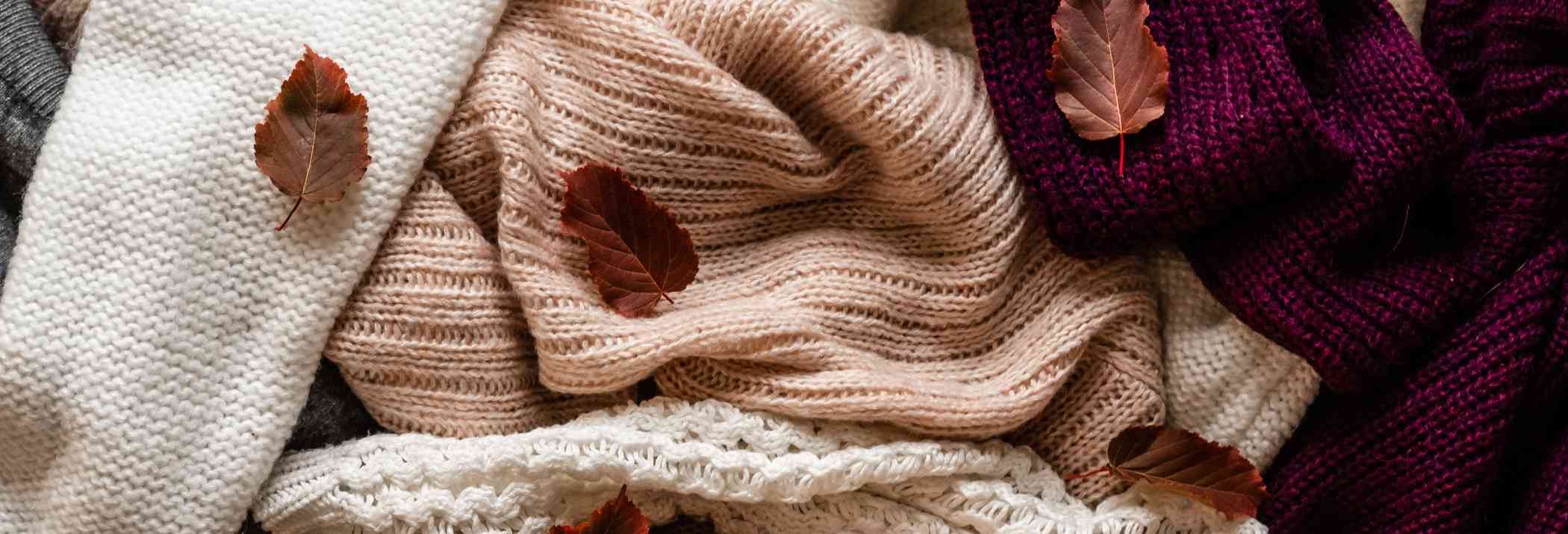World's Most Admired Fashion Painting: Top 15 Works

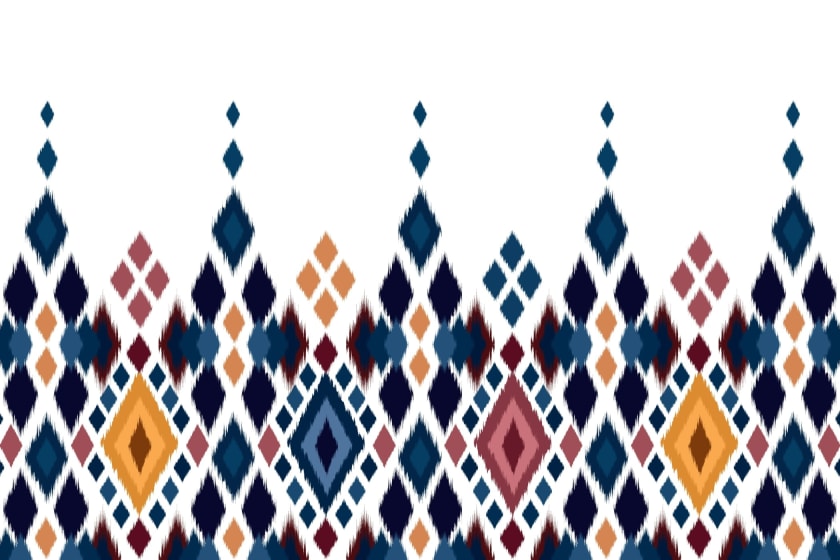

The textile expansion spread like a sea, with over lakhs of fabric fashion paintings scattered worldwide. Many textile techniques are unless the breezy, glittering, and beautiful rivers merge to make the most diversified and prolific legacy and culture of all time, with each state maintaining its textile craft for endless years. Indian history with apparel and painting is as vivid as the fiery morning light, with fabrics like Jute, Cotton, and silk controlling the commerce game worldwide since ancient times.
15 Indian best fabric fashion paintings –
Fashion painting is creating excellence in fabric. Many entrepreneurs and designers prefer to give different looks to their apparel. Here is some Indian fashion printing that shows the Indian culture and quality work.
1. Dabu fabric painting –
Dabu fabric painting belongs to Rajasthan. Its fabric printing has been made like different natural things. Natural dyes taken from Dhawde Ka Phool, Anar Ka Chilka, and Imli ke Beej, to just a few, are all mingled together to create a flavorful formula of earthy Hand Block fabrics in Dabu printing. Because it is entirely made by hand, artisans are bound to leave some imperfections, which only add to the beauty of the designer fabrics.
2. Indigo fabric painting -
Indigo is more than just a colour; given its long history and the time-consuming method of obtaining Indigo dye, Indigo ought to be termed more than just a different paint. From the ancient time to the twenty-first century, this textile trade still can stay strong and has been embraced by designers worldwide. Although Bagru is the core of Indigo hand Block fashion printing, artists in Rajasthan devote more time to design and procedure, resulting in 80 percent less bleeding. Artists will see different types of fabrics such as Cotton, Rayon, Chanderi, and Linen getting dipped in bright blue Indigo dye and formed into dupattas, scarfs, free-length fabrics, and unstitched suits at Fashinza.
3. Kalamkari -
Every art or printing work that comes from the forefront has accompanied a tale of a craftsman who finds no better experience than preserving the craft's tradition and carrying it on to a better future. Kalamkari fabrics painting work belongs to the Andhra Pradesh village of Pedana. It is the long process of printing Kalamkari for the craftsman who drives 150 kilometers merely to wash the fabric. Fashinza sells Kalamkari prints that are dyed with natural dyes derived from local plants, dried pulp, and roots, to name a few.
4. Banarasi silk
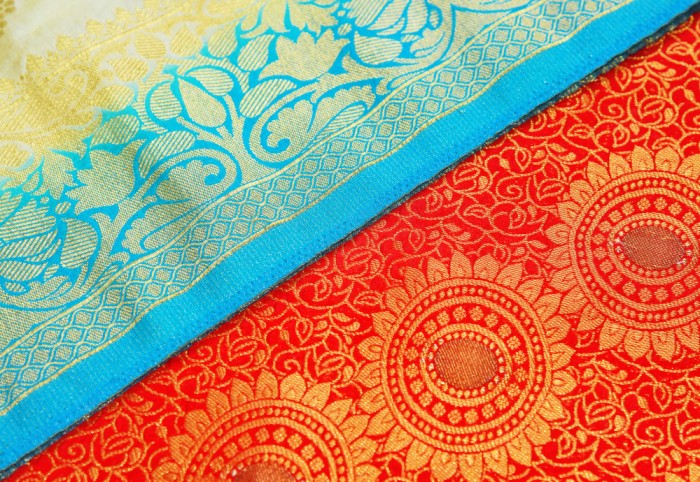
Banaras (Varanasi) is a city that deserves no official acknowledgment for its rich holy history, legacy, and sumptuous silk fabric crafts. Although artisans in some areas of the town continue to seek to preserve the handcrafted Banarasi tradition, rising demand has forced the adoption of the power-driven machines. Classical Jacquard weaving or the Kadva method is used to create ornate gold zari designs.
5. Ajrak block printing
Ajrak designs are a distinct style of wooden block printing that appears to have their origins or inspirations in the Indus Civilization. It is ancient in the classical art of printing textiles. This beautiful print art originated in Sindh, Pakistan, and the neighboring districts of Kutch, Gujarat, and Barmer, Rajasthan, where it still thrives, like other regions in Gujarat and Rajasthan, seem to have become associated with and performing it. Ajrak printing is a wood hand pattern that incorporates intricate designs etched into the woodblock. The name has derived from the prominent use of the dominating color Ajrak.
6. Ikat
Ikat is a fabric handicraft that has been the center of the clothing and interior decor industries for generations, with each fabric steeped in the toil and sweat of classical looms. In contrast to other fabric crafts, Ikat threads are painted first and then stitched all together, offering each weave a distinct abstract effect. The craftspeople weave the colored threads together with extreme accuracy to generate the required designs, resulting in the haziness of the motifs.
7. Bagh prints
The current type of Bagh printing began in 1962 when artisans from Bagh, a neighboring city in Madhya Pradesh's Dhar region, so Bagh has always identified with this printing technique. Bagh Patterns are a unique art form created by weaving and hand block printing geometric shapes, inventive use of red and black natural colors, and taking a chance on the river's chemical qualities and efficient use of colors. Printing, pre-printing, and post-printing are all part of the procedures.
8. Kantha
Among the most popular crafts among Bengali women is embellishing fabrics with a defined flowing stitch. Kantha got famous among Rajasthan's artisans because of its elegance and necessity to produce quality products. Although Bengal is the birthplace of Kantha, Rajasthani artists have also picked up the talent and opted to infuse their charm into this textile trade!
9. Chanderi Fabrics
Chanderi is a highly celebrated fabric in India's handicraft regions, coming from a city that is supposed to have existed since the Vedic Era and is now a part of Madhya Pradesh. An artist has been braiding silk, zari threads, and cotton to manufacture luxurious Chanderi sarees and textiles for centuries and is known for their unique hand-weaving method. The transformation began in the 1890s when power weavers replaced handmade products, and a wide range of weaving methods emerged!
10. Lucknowi chikan
Chikankari, the delicate craft of hand embroidery, is one of Lucknow's most ancient and well-known art forms, introduced by the Mughal. The technique was classically performed on muslin cloth and is now frequently done on cotton and silk adorned with pearl, mukaish, or mirror work. A standard Lucknowi Chikan cloth takes ten to fifteen days to produce as per the inanimateness of the designs.
11. Batik
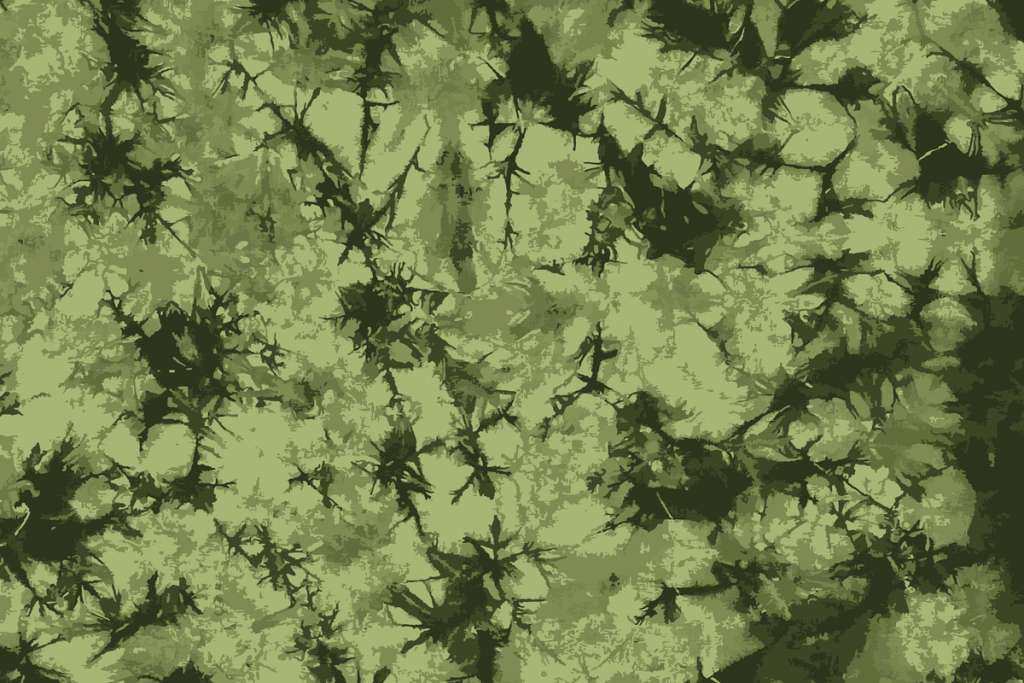
Batik is a textile skill that is widely praised worldwide and has claimed to have originated on the Indonesian island of Java. Since the 1st century AD, this fabric craft has roots in India's soil. Batik is a type of wax coloring procedure that includes waxing, coloring, and peeling and has commonly done on fabrics such as georgette, cotton, silk, and rayon. The material has then rinsed, and patterns are either etched or painted with Tjanting, just like a pen-type tool. As the molten wax pours through the tool's long wooden handle, it makes patterns and prints on the fabric. The cloth is then colored, and wax marks are removed by washing it in hot water.
12. Kesh Fabric
The 'Khesh' textile is a little-known West Bengal textile that has become a famous cloth for sarees, decorative, and other items in the mordern worldwide. The 'Khesh' textile is manufactured by braiding new thread with cotton saree pieces as a thread. The origin of this textile comes from the Birbhum area of West Bengal. In cotton sarees, strips the loom decides to weave with the new dyed thread is totally up to the weaver's discretion. So sarees made of this textile are the most famous because of their pattern. It is available to manufacture dupattas, cushion covers, bed covers, table mats, bags, furniture cloths, and other items. It's stunning how old and new collide to create a beautifully designed textile.
13. Kanchipuram
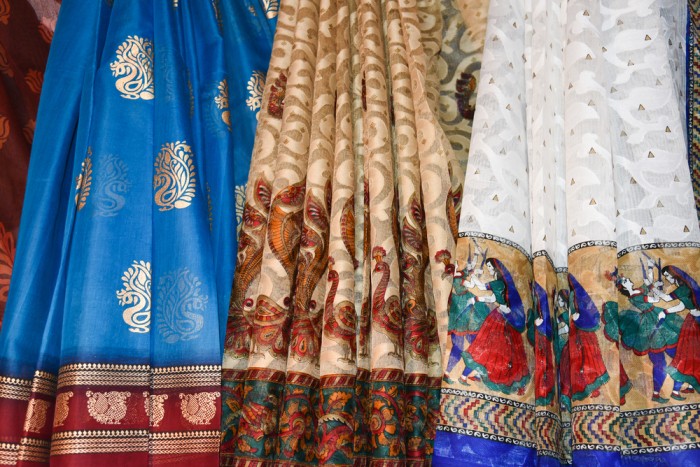
Marriage or other memorable celebrations in Tamil Nadu's households would be incomplete without the gorgeous silk curtains from Kanchipuram. Temple legends and beautiful designs from South Indian traditional folklore have featured on the heavenly mix of fine quality material filled with gold and silver strand frames they need for any holy and cultural occasion. Religious buildings, luscious mango tops, and peacocks are between the most popular borders and themes. Any woman can be swept off her feet by a simple Kanjeevaram, as the locals call it.
14. Patan Patola
In the world of textiles, Patan Patola has a royal history. Patola is a hanging slant loomed silk saree with a double ikat pattern. A saree takes at least a month to weave. In ancient times, the craft technique was practiced by royal families. It is only created on demand because they are costly. It has preserved this craft technique at a Patan museum. This silk saree has given to daughters at the time of marriage in Gujarat because it is a status symbol.
15. Mysore Silk
Mysore Silk is also known as KSIC. Mysore silk is the leading Indian silk that has been made from natural silk thread and obtained from cocoons raised only in the historic Mysore districts. The entire Mysore silk production procedure starts from cocoon reeling to final weaving, which can be completed under one roof. KSIC Mysore Silk uses only gold zari, and pure silk, each of its zari sarees marked with a unique product code and hologram as identifying markers to ensure authenticity. Mysore Silk has also been GI-tagged. Silk is a must-have in every girl's collection since it is so beautiful and shiny, with a great feel and flow.
Conclusion –Indian fashion is different from other countries. Here are some fabric painting patterns that are worth admirable worldwide. Many entrepreneurs get these hand block suits and sarees available online and offline. Fashinza is the most admirable B2B platform that provides the best contractor and has local workers to get the best designs.

















